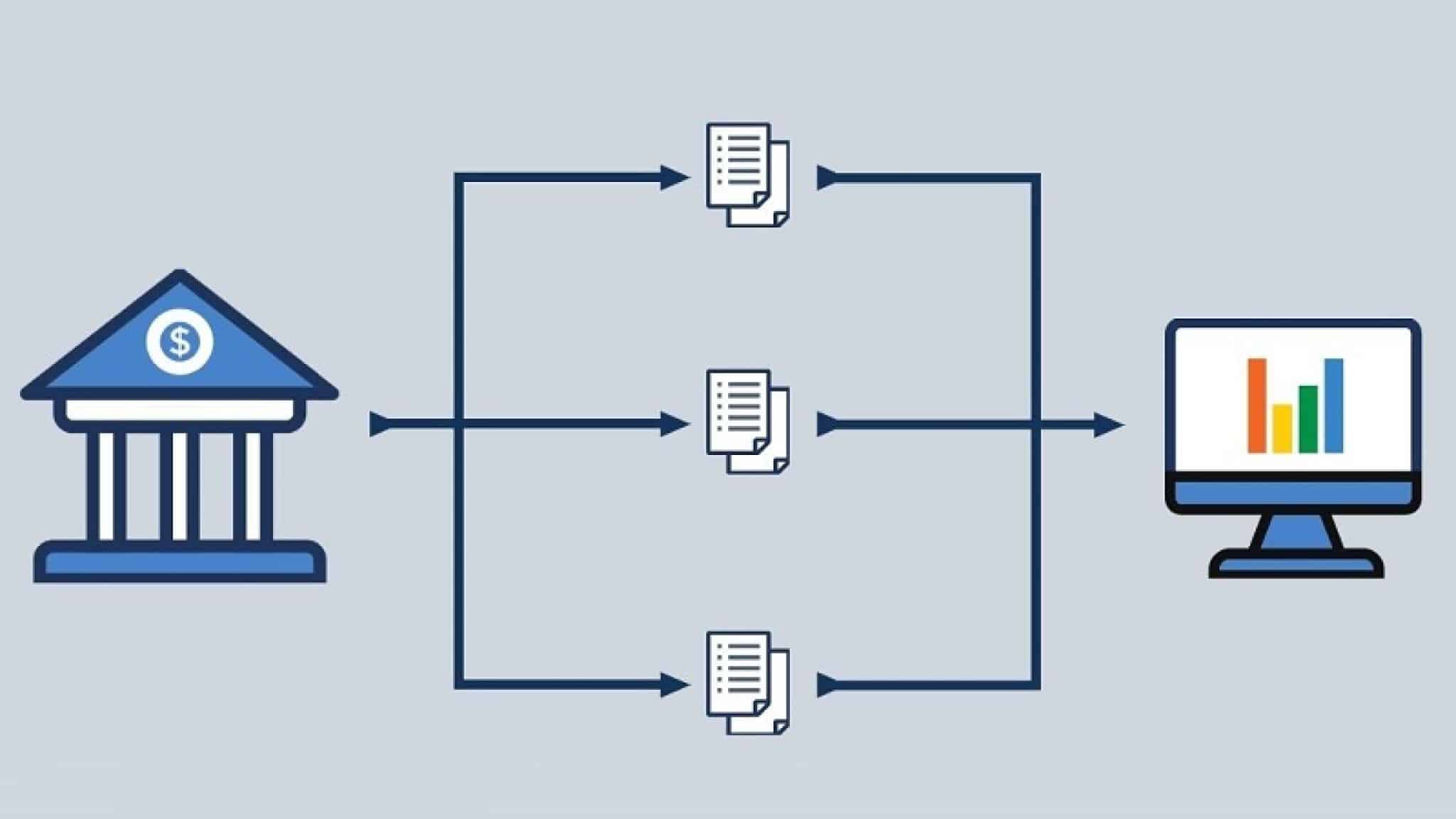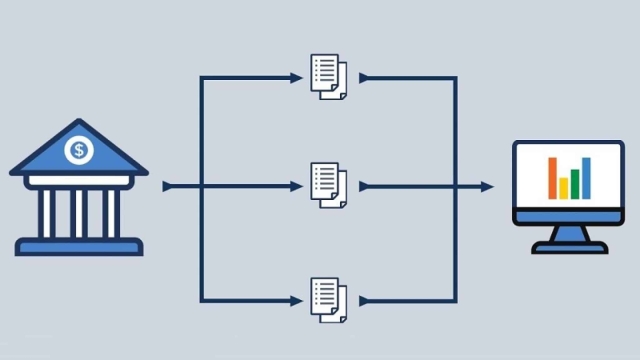As we enter the digital age, technology continues to revolutionize various industries, and the world of finance is no exception. One of the most notable advancements in the banking sector is the rise of robotic bankers, which is transforming traditional banking practices and paving the way for a future where automation plays a key role. Banking automation is an umbrella term encompassing a range of technological solutions that aim to optimize and streamline financial processes, ultimately enhancing customer experiences and increasing operational efficiency.
Gone are the days when long queues and cumbersome paperwork were an inherent part of banking. With banking automation, customers can now enjoy quicker and more convenient services, thanks to automated teller machines (ATMs) and online banking platforms. These technological marvels have revolutionized the way we deposit, withdraw, and manage our funds. Additionally, the introduction of mobile banking applications has further empowered customers, enabling them to carry out transactions using their smartphones from anywhere in the world. Furthermore, online platforms offer 24/7 accessibility, ensuring banking services are not restricted to specific business hours.
The push for banking automation also stems from banks’ desire to reduce costs and improve operational efficiency. Automation solutions, such as chatbots and virtual assistants, are becoming increasingly popular for addressing customer queries and providing support. These digital helpers are available round the clock and offer quick, accurate responses to commonly asked questions, saving both time and resources for banks and their customers. Moreover, the use of robotic process automation (RPA) allows for the automation of labor-intensive tasks, such as data entry and verification, minimizing errors and increasing overall productivity.
As technology continues to evolve, the potential for banking automation solutions is only expected to grow. From advanced algorithms and artificial intelligence aiding in risk management to personalized banking recommendations based on customer preferences, the future of finance lies at the intersection of cutting-edge technology and banking expertise. However, it is essential to strike the right balance between automation and the human touch, ensuring that customers can still access personalized assistance when needed.
In this article, we will explore the various aspects of banking automation, providing a comprehensive guide to the different solutions available and their potential benefits. From improving efficiency and customer experiences to reducing costs and enhancing security, the rise of robotic bankers is reshaping the landscape of finance, promising a more convenient and streamlined banking experience for all. Stay tuned as we delve into the exciting world of banking automation and how it is revolutionizing the way we manage our finances.
The Benefits of Banking Automation
In the rapidly evolving world of finance, banking automation has emerged as a game-changer, revolutionizing the way we manage our finances. With its advanced technology and smart solutions, banking automation offers a multitude of benefits for both customers and financial institutions.
Firstly, banking automation brings unprecedented convenience to customers. Through automated systems, tasks such as fund transfers, bill payments, and account management can now be easily and efficiently completed online, saving valuable time and effort. No longer do customers need to visit physical branches or stand in long queues; with just a few clicks, they can access their accounts and perform transactions from the comfort of their own homes or on the go.
Secondly, banking automation enhances accuracy and reduces human error. With manual processes, the likelihood of mistakes occurring increases, which can lead to financial discrepancies and even legal issues. However, through automation, financial institutions can rely on the precision of computer systems, significantly reducing the chances of errors due to data entry, calculations, or other human-related factors. This fosters trust among customers and ensures that their financial transactions are executed with utmost precision.
Lastly, banking automation enables faster processing times. In traditional banking, activities such as loan approvals and account opening can take days or even weeks to complete. However, with the implementation of automation, these processes can be streamlined and expedited. Through digital document verification and fast algorithmic decision-making, customers can expect quicker turnaround times, allowing them to access the financial products and services they need in a timely manner.
In conclusion, banking automation brings a multitude of benefits to both customers and financial institutions. It offers convenience, enhances accuracy, and enables faster processing times. As technology continues to advance, the world of finance is set to be further transformed by the rise of robotic bankers and the limitless potential they bring to the industry.
2. Types of Banking Automation Solutions
In the world of finance, banking automation has emerged as a revolutionary concept, transforming the way banks operate. With the advancement of technology, several types of banking automation solutions have been introduced to streamline processes, enhance efficiency, and provide a more seamless banking experience for customers.
One type of banking automation solution is Automated Teller Machines (ATMs). These machines allow customers to perform various banking transactions without the need for human interaction. From withdrawing cash to depositing checks, ATMs have become an integral part of the banking landscape, offering convenience and accessibility to customers around the clock.
Another type of banking automation solution is online banking. With the rise of the internet and smartphones, customers can now access their bank accounts and perform transactions anytime, anywhere. Online banking platforms provide a range of services, including balance inquiries, fund transfers, bill payments, and even applying for loans. This type of automation has significantly reduced the need for physical visits to the bank, saving both time and effort for customers.
Furthermore, the introduction of chatbots and virtual assistants has revolutionized customer support in the banking industry. These automated systems use artificial intelligence to handle customer inquiries, provide assistance, and even offer personalized recommendations. By leveraging natural language processing and machine learning algorithms, chatbots can efficiently address a wide range of customer concerns, enhancing customer satisfaction and reducing the workload of human agents.
In conclusion, banking automation solutions have transformed the financial landscape, enabling banks to optimize operations, enhance customer experience, and improve overall efficiency. With the diverse range of automation solutions available, from ATMs and online banking to chatbots and virtual assistants, banks can adapt to the digital age and meet the evolving needs of their customers.
3. Implementing Banking Automation in Financial Institutions
Financial institutions are increasingly recognizing the immense potential of banking automation in enhancing their operations. By leveraging cutting-edge technologies, banks are revolutionizing the way they interact with customers and handle financial processes.
One area where banking automation has made significant strides is in customer service. Automated chatbots and virtual assistants are being deployed to provide round-the-clock support, answering customer queries, and guiding them through various banking transactions. This not only enhances customer satisfaction but also reduces the burden on human customer service representatives, allowing them to focus on more complex issues.

Another aspect of banking automation is streamlining back-office operations. Manual tasks, such as data entry, document verification, and transaction processing, can now be automated through sophisticated software solutions. By implementing automation, financial institutions can minimize errors, improve efficiency, and reduce the overall processing time. This not only benefits the institution itself but also the customers who experience faster and more accurate service.
Moreover, banking automation plays a crucial role in risk management and compliance. With increasing regulatory requirements, financial institutions need robust systems that ensure data security, fraud detection, and compliance monitoring. Automated solutions can continuously analyze transactions, detect anomalies, and generate real-time alerts, enabling banks to proactively identify and mitigate potential risks.
In conclusion, the implementation of banking automation solutions has enabled financial institutions to enhance customer service, streamline operations, and strengthen risk management. As the financial landscape evolves, adopting and integrating these technologies will be crucial for banks to remain competitive in the ever-changing world of finance.
